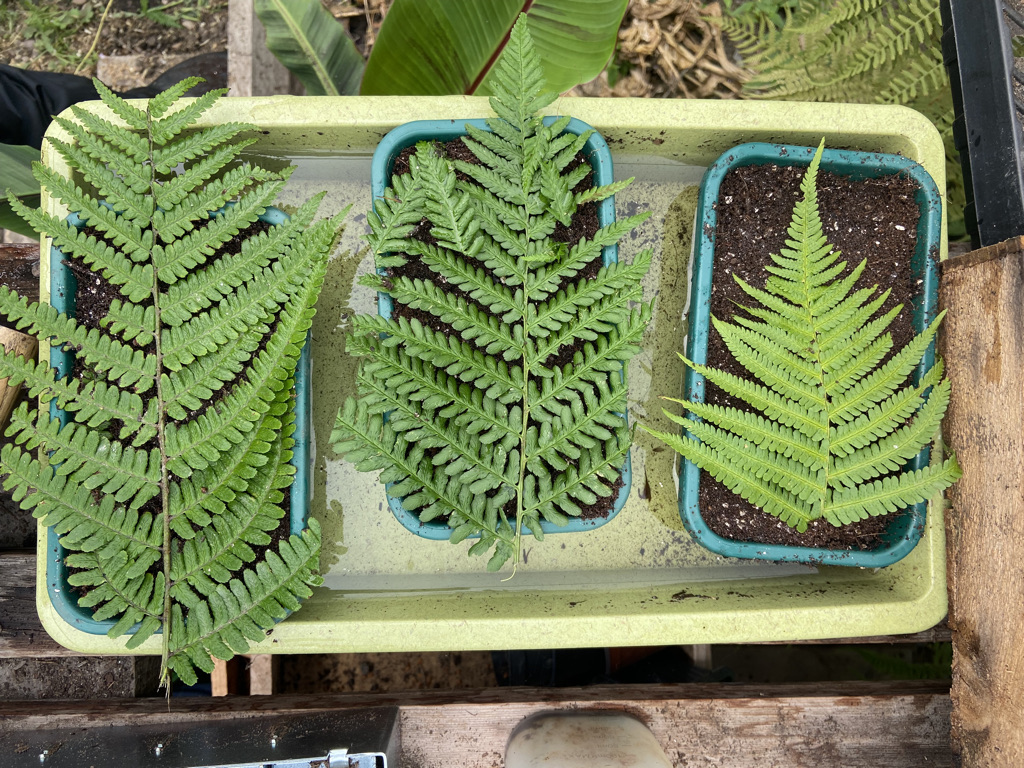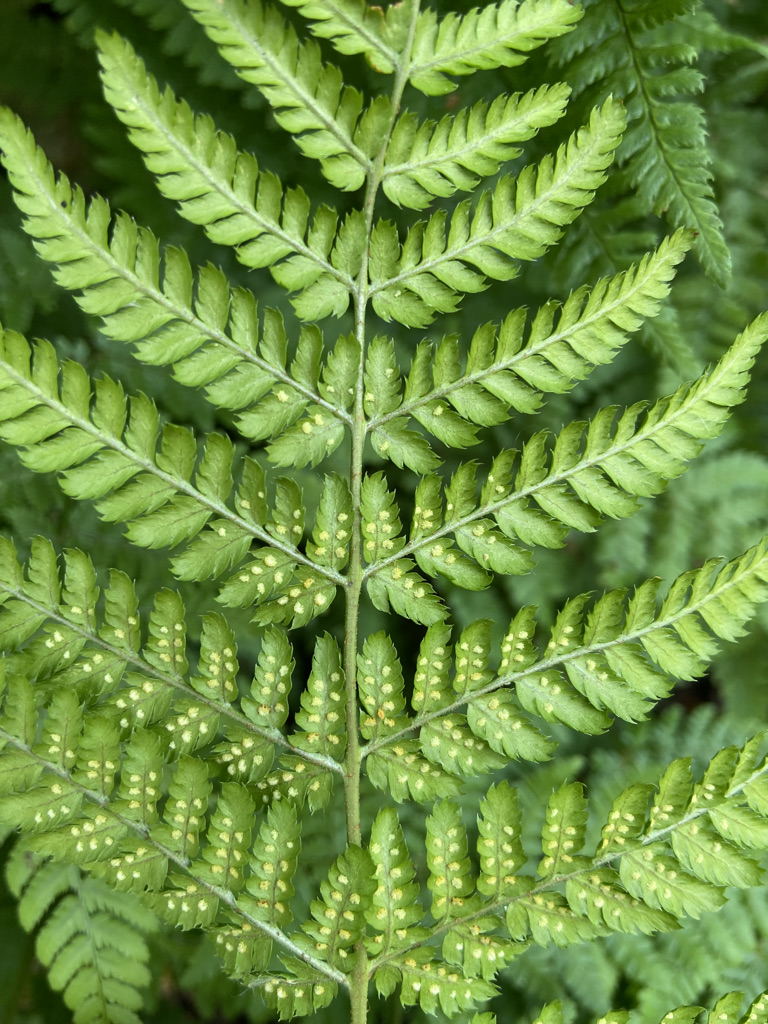Mastering The Art Of Growing Ferns From Spores
Ferns have captivated plant lovers for centuries with their lush foliage and intricate fronds. These ancient plants offer a touch of the wild to any home or garden, making them a popular choice for both beginners and seasoned gardeners. However, many are often unaware that ferns can be grown from spores, a method that allows for a deeper understanding of their life cycle and an exciting gardening challenge. Growing ferns from spores is not only a rewarding endeavor but also a fascinating one. Unlike typical seed propagation, fern spores require a specific set of conditions and patience to germinate. With the right techniques and knowledge, anyone can become proficient in this unique growing method.
In this article, we will explore the entire process of how to grow ferns from spores, from collecting the spores to nurturing your young ferns into mature plants. We will break down the steps, tools, and conditions necessary for successful germination. Whether you are looking to expand your fern collection or simply want to embark on a new gardening adventure, this guide will provide you with everything you need to know.
So roll up your sleeves, gather your supplies, and get ready to dive into the fascinating world of fern propagation. By the end of this article, you’ll be equipped with the knowledge to grow ferns from spores successfully, transforming your space into a verdant oasis.
What Are Fern Spores and How Do They Work?
Before diving into the growing process, it’s essential to understand what fern spores are. Unlike traditional seeds, fern spores are microscopic and are produced in spore cases called sporangia, located on the undersides of mature fronds. When mature, these spores are released into the air, where they can travel and settle in suitable environments.
Once they land in a conducive environment, fern spores will germinate and develop into a gametophyte, a small, heart-shaped structure that produces gametes (sperm and eggs). This process is crucial for the fern's reproductive cycle, as it leads to the formation of a new fern plant.
How to Collect Fern Spores?
Collecting fern spores is a straightforward process, but it requires timing and attention to detail. Here’s how you can do it:
- Identify the Right Time: Spores are typically ready for collection in late summer to early fall when the sporangia turn brown.
- Choose Healthy Fronds: Select fronds that are healthy and mature, as they are more likely to produce viable spores.
- Harvesting: Use scissors to cut the fronds and place them in a paper bag. Store them in a dry, warm place for a few days to allow the spores to release.
- Collecting Spores: After a few days, gently shake the bag to collect the spores that have fallen.
What Supplies Do You Need to Grow Ferns from Spores?
Before you start the germination process, gather the necessary supplies to ensure a successful growing experience. Here’s a list of items you’ll need:
- Fern Spores
- Seed-Starting Mix or Sphagnum Moss
- Shallow Containers or Seed Trays
- Plastic Wrap or a Humidity Dome
- Water Spray Bottle
- Grow Lights or a Bright Location
How to Prepare the Growing Medium?
Preparing the right growing medium is crucial for the successful germination of fern spores. Here’s how you can create an ideal environment:
- Choose Your Medium: A seed-starting mix or finely shredded sphagnum moss are excellent options.
- Moisten the Medium: Lightly moisten the medium with water to create a damp but not soggy environment.
- Fill Containers: Fill your shallow containers or seed trays with the prepared medium, leaving a little space at the top.
- Level the Surface: Smooth the surface of the medium to create an even bed for the spores.
How to Sow Fern Spores?
Sowing fern spores requires a delicate touch. Here’s how to do it correctly:
- Even Distribution: Sprinkle the spores evenly across the surface of the growing medium. Avoid burying them, as they need light to germinate.
- Lightly Press: Gently press down on the spores to ensure good contact with the medium.
- Cover with Plastic: Cover the container with plastic wrap or a humidity dome to maintain a moist environment.
What Conditions Are Needed for Successful Germination?
Creating the right conditions is vital for the successful germination of fern spores. Consider the following:
- Light: Fern spores need indirect light to germinate. Avoid direct sunlight, which can dry them out.
- Humidity: Maintain a high humidity level by keeping the container covered until the spores germinate.
- Temperature: Keep the growing area at a consistent temperature, ideally between 65°F to 75°F (18°C to 24°C).
How Long Does It Take for Fern Spores to Germinate?
Patience is key when growing ferns from spores. Depending on the species, it can take anywhere from a few weeks to several months for the spores to germinate. During this time, monitor the moisture levels and ensure the spores are receiving adequate light. Once the gametophytes start to appear, you’ll know your efforts are paying off.
How to Care for Young Ferns After Germination?
Once your fern spores have germinated and produced gametophytes, it’s essential to provide proper care:
- Watering: Keep the medium consistently moist but not waterlogged.
- Lighting: Continue providing indirect light, gradually increasing exposure as the plants grow.
- Thin Out: If multiple gametophytes are growing too close together, thin them out to allow adequate space for growth.
When to Transplant Young Ferns?
Young ferns can be transplanted when they have developed true fronds and are big enough to handle. This usually occurs several months after germination. Here’s how to transplant your young ferns:
- Prepare New Pots: Choose pots with good drainage and fill them with a suitable potting mix.
- Gently Remove: Carefully remove the young ferns from their original container, taking care not to damage the roots.
- Plant: Plant each fern in its new pot, ensuring it is planted at the same depth as it was in the original container.
- Water: Water the newly transplanted ferns thoroughly and keep them in a location with indirect light.
Conclusion: Embrace the Journey of Growing Ferns from Spores
Growing ferns from spores is a unique and rewarding process that allows you to connect with the natural world. By understanding the life cycle of ferns and following the steps outlined in this article, you can successfully propagate these beautiful plants in your own home. Remember, patience and attentiveness are key, and with time, you will be rewarded with lush, vibrant ferns that bring a touch of nature into your space.
So why not give it a try? Gather your supplies, follow the steps on how to grow ferns from spores, and embark on a delightful gardening adventure!
Article Recommendations
- Dianna Williams Bring It
- Cnn What Does Donal Trump Want To Do With Violence
- Evangeline Lilly Parents
- Comunicado Donal Trump
- Robert James Ritchie Jr
- What Is Tortured Poets
- Goojara App
- Larenz Tate Diet
- Ribcage Straight Ankle Jeans
- Jenna Ushkowitz




